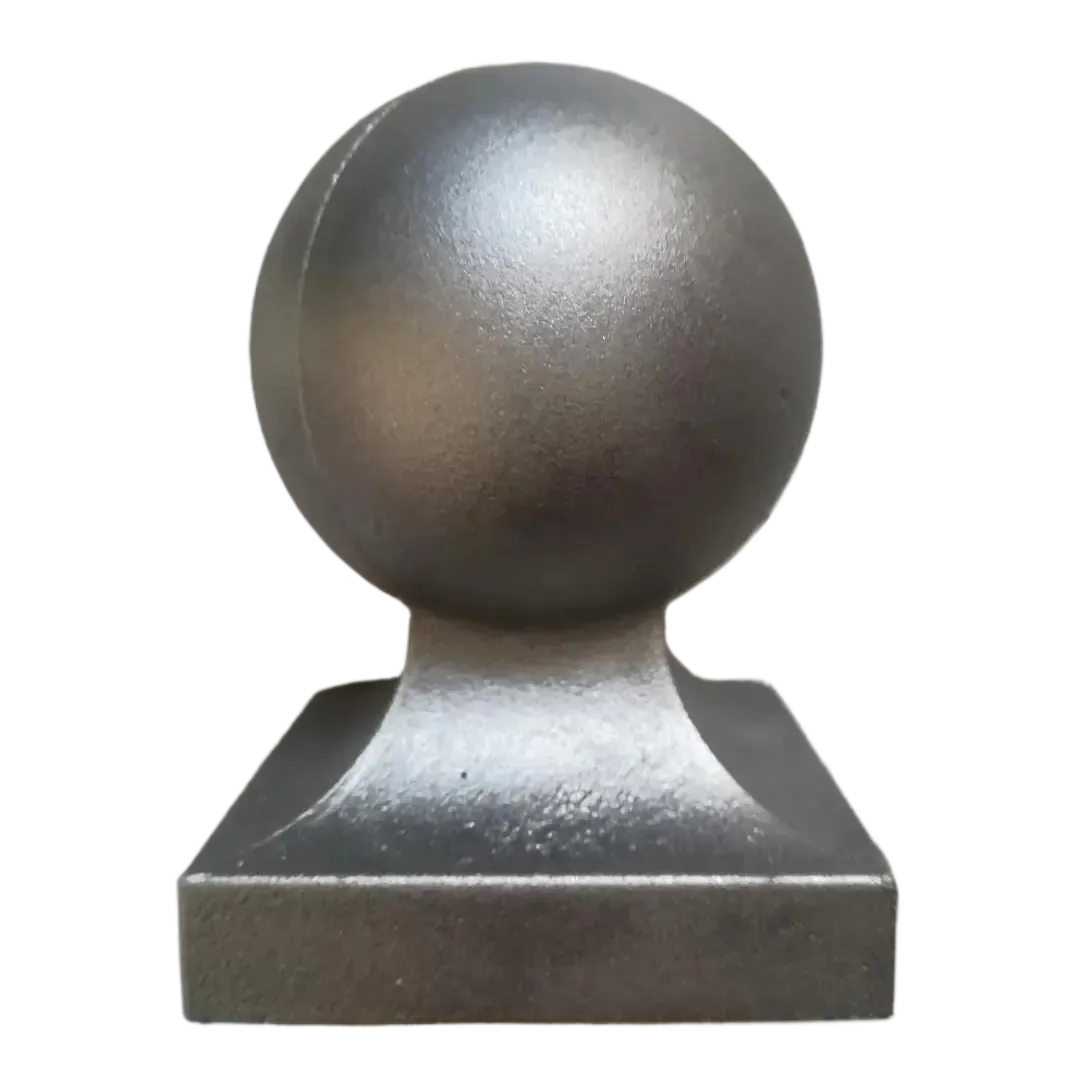wrought iron parts
Wrought Iron Parts The Timeless Appeal of Durability and Aesthetics
Wrought iron, a material with a rich historical legacy, is renowned for its strength, durability, and malleability. Its unique characteristics make it a favored choice for a myriad of applications, from architectural components to intricate decorative pieces. This article will delve into the significance of wrought iron parts, exploring their historical context, manufacturing processes, practical uses, and enduring popularity in modern design.
Historical Context
The origins of wrought iron date back to ancient times, with artifacts discovered from as early as 3000 BC. The term wrought refers to the process of working the iron into shape, a tradition that evolved alongside advancements in metallurgy. Unlike cast iron, which is brittle and inflexible, wrought iron is created by repeatedly heating and hammering the iron, thereby removing impurities and enhancing its ductility and tensile strength. This craftsmanship paved the way for the production of beautifully forged items, from basic tools to elaborate ornamental designs.
Throughout the centuries, wrought iron became synonymous with strength and reliability. During the Industrial Revolution, it played a crucial role in construction and infrastructure. Bridges, railings, gates, and fences were primarily made from wrought iron, symbolizing both utility and artistry. The material was often embellished with intricate patterns, turning functional objects into stunning focal points in architecture.
Manufacturing Process
The production of wrought iron involves two primary processes puddling and forging. In the puddling process, pig iron is melted in a furnace, and then impurities are removed by a skilled worker named a puddler. The molten iron is then shaped into a solid mass—called a bloom—that can be further refined and forged. This process allows for the creation of wrought iron with specific mechanical properties tailored to the end-use.
Once the raw material is obtained, the forging process comes into play. This involves heating the wrought iron and shaping it through various methods such as hammering, rolling, or bending. The malleability of wrought iron allows artisans to create intricate designs, which is why it remains popular in crafting decorative items. After shaping, parts can be treated with protective coatings to enhance their weather resistance and longevity.
Practical Uses
wrought iron parts

Today, wrought iron parts are employed across a wide range of industries, showcasing both function and art
. In construction, wrought iron is often integrated into structural support beams, railings, and balconies, providing not only support but also an aesthetic appeal that complements various architectural styles.Moreover, wrought iron is also a preferred material for furniture. Designers appreciate its versatility, as it can be crafted into sleek tables, ornate chairs, or even contemporary sculptures. The durability of wrought iron ensures that these pieces withstand the test of time, maintaining their structural integrity and visual charm.
In addition to residential use, wrought iron parts are also prevalent in public spaces, such as parks and city squares, where benches, gates, and ornamental fencing become integral components of the landscape. The use of wrought iron contributes to the overall design, evoking a sense of tradition and craftsmanship that enhances the viewer's experience.
Enduring Popularity
As trends in design continue to evolve, wrought iron remains a beloved choice for many architects and designers. Its robust nature and aesthetic flexibility enable it to seamlessly integrate into both modern and traditional settings. While contemporary materials like aluminum and steel offer alternatives, wrought iron's unique character, history, and craftsmanship keep it in high demand.
Moreover, the rise of sustainability and a renewed appreciation for artisanal craftsmanship have further fueled interest in wrought iron parts. Homeowners and businesses alike are seeking elements that tell a story and add character to their spaces. Wrought iron meets this desire, serving as a testament to skilled artisans and their mastery of a material that has stood the test of time.
Conclusion
In conclusion, wrought iron parts embody a harmonious blend of strength, beauty, and history. Their lasting appeal is not only due to their practical applications but also their ability to transform ordinary spaces into extraordinary ones. As we continue to appreciate the artistry and durability of wrought iron, its legacy will undoubtedly endure, reminding us of the value found in both tradition and innovation.
-
Wrought Iron Components: Timeless Elegance and Structural StrengthNewsJul.28,2025
-
Window Hardware Essentials: Rollers, Handles, and Locking SolutionsNewsJul.28,2025
-
Small Agricultural Processing Machines: Corn Threshers, Cassava Chippers, Grain Peelers & Chaff CuttersNewsJul.28,2025
-
Sliding Rollers: Smooth, Silent, and Built to LastNewsJul.28,2025
-
Cast Iron Stoves: Timeless Heating with Modern EfficiencyNewsJul.28,2025
-
Cast Iron Pipe and Fitting: Durable, Fire-Resistant Solutions for Plumbing and DrainageNewsJul.28,2025
-
 Wrought Iron Components: Timeless Elegance and Structural StrengthJul-28-2025Wrought Iron Components: Timeless Elegance and Structural Strength
Wrought Iron Components: Timeless Elegance and Structural StrengthJul-28-2025Wrought Iron Components: Timeless Elegance and Structural Strength -
 Window Hardware Essentials: Rollers, Handles, and Locking SolutionsJul-28-2025Window Hardware Essentials: Rollers, Handles, and Locking Solutions
Window Hardware Essentials: Rollers, Handles, and Locking SolutionsJul-28-2025Window Hardware Essentials: Rollers, Handles, and Locking Solutions -
 Small Agricultural Processing Machines: Corn Threshers, Cassava Chippers, Grain Peelers & Chaff CuttersJul-28-2025Small Agricultural Processing Machines: Corn Threshers, Cassava Chippers, Grain Peelers & Chaff Cutters
Small Agricultural Processing Machines: Corn Threshers, Cassava Chippers, Grain Peelers & Chaff CuttersJul-28-2025Small Agricultural Processing Machines: Corn Threshers, Cassava Chippers, Grain Peelers & Chaff Cutters












